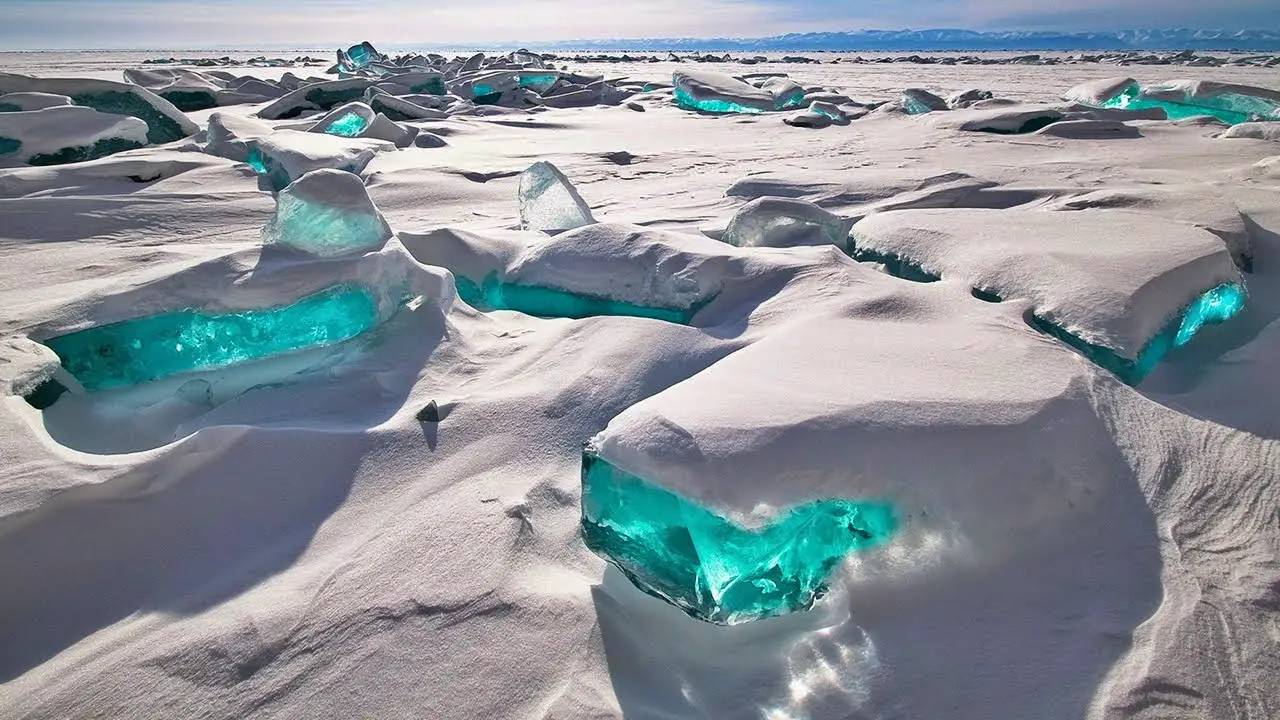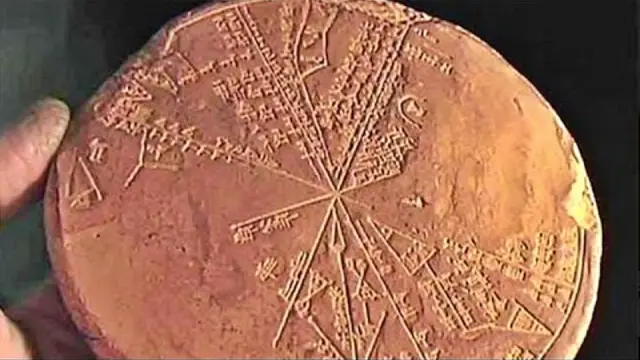Meteora Greece
The Meteora are a group of sandstone rock pillars that have historically been used as places of worship.
The Meteora rocks, which have an average elevation of 313 metres (1027 feet) and are home to 24 monasteries, six of which are still operational, rise boldly in the middle of a breathtakingly magnificent Greek environment.
Meteora, which was included to the UNESCO World Heritage List in 1988, draws tens of thousands of visitors to the area every year.
The word meteoros, which translates to “middle of the sky,” is where the name “Meteora” comes from.
Meteora’s rock formations, which are appropriately named, protrude out of the ground like enormous stone fingers, allowing the numerous monasteries to sit suspended in the air.
These extraordinary granite pillars have been shaped by the forces of nature over millions of years.
This process is thought to have started some 60 million years ago, during the Palaeogene epoch. within a monastery
The Meteora caves were inhabited by monks as early as the 11th century.
Monasteries, however, were not created until the 14th century, when the monks needed a place to hide from the rising frequency of Turkish assaults on Greece.
At this time, there were windlasses or detachable ladders for reaching the top.
Due to steps being carved into the rock during the 1920s, getting up is much easier now.
Only 6 of the 24 monasteries—5 male and 1 female—remain in operation and each house less than 10 people.
For climbers as well as walkers, Meteora is a delight.
There are 700 distinct routes in all, covering 120 of the Meteora’s granite towers, to accommodate climbers of all levels of experience.
The best seasons to visit if you plan to go climbing are between mid-March and mid-June or between mid-August and mid-November.
There are tourists year-round because of Meteora’s cultural importance and appeal.
While it’s cold and rainy between December and March, peak season is between July and October, when there are the most visitors and prices are highest.
Therefore, May or June is the ideal time to visit Meteora in order to enjoy less crowded areas, beautiful weather, and lower prices.
The Meteora rocks are located close to the village of Kalampaka, in Thessaly, in central Greece.
You can take a bus, a vehicle, or a train to get to Kalampaka from Athens (218 miles/352 kilometres away).
Driving, if you have a car, is probably the best method to get to Meteora; it should take about 4 hours, traffic included.
If driving is not an option, you can go from Athens to Kalampaka by direct high-speed train in around 5 hours.
There are buses that can transport you from Athens to Trikala and subsequently from Trikala to Kalampaka as a last resort.
These travel for 7-8 hours and leave from Terminal B on Liosson Street.





















